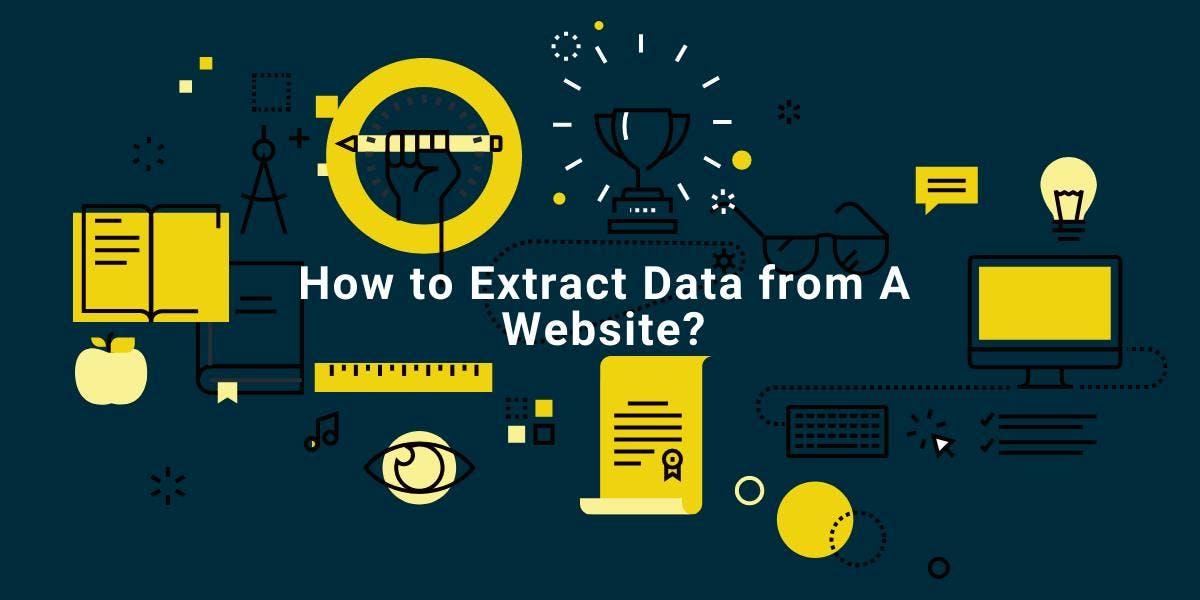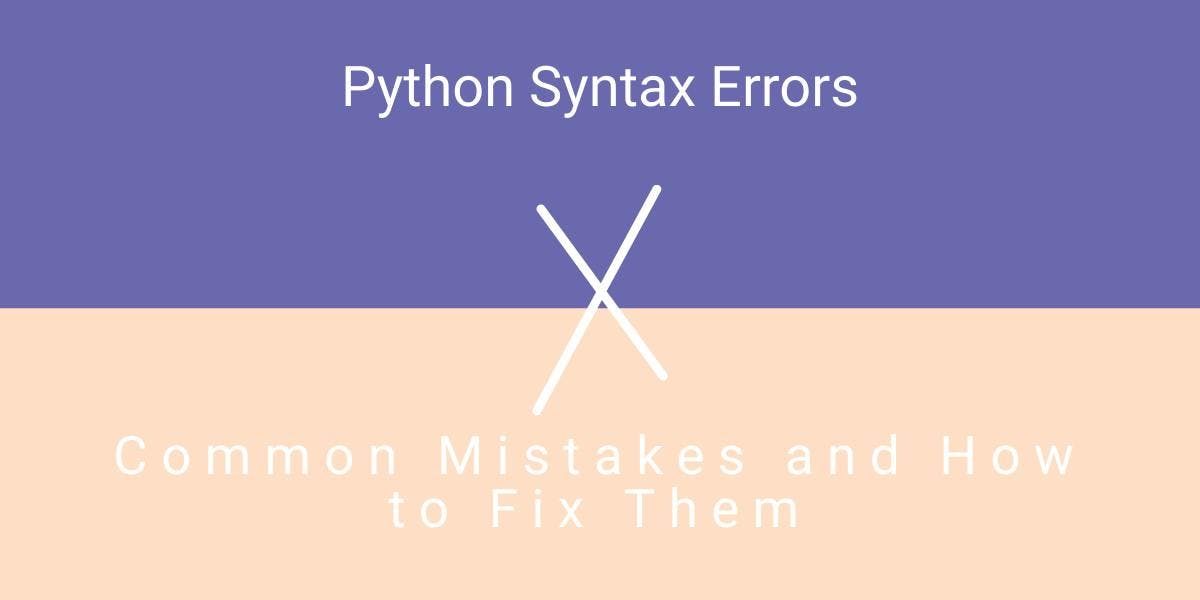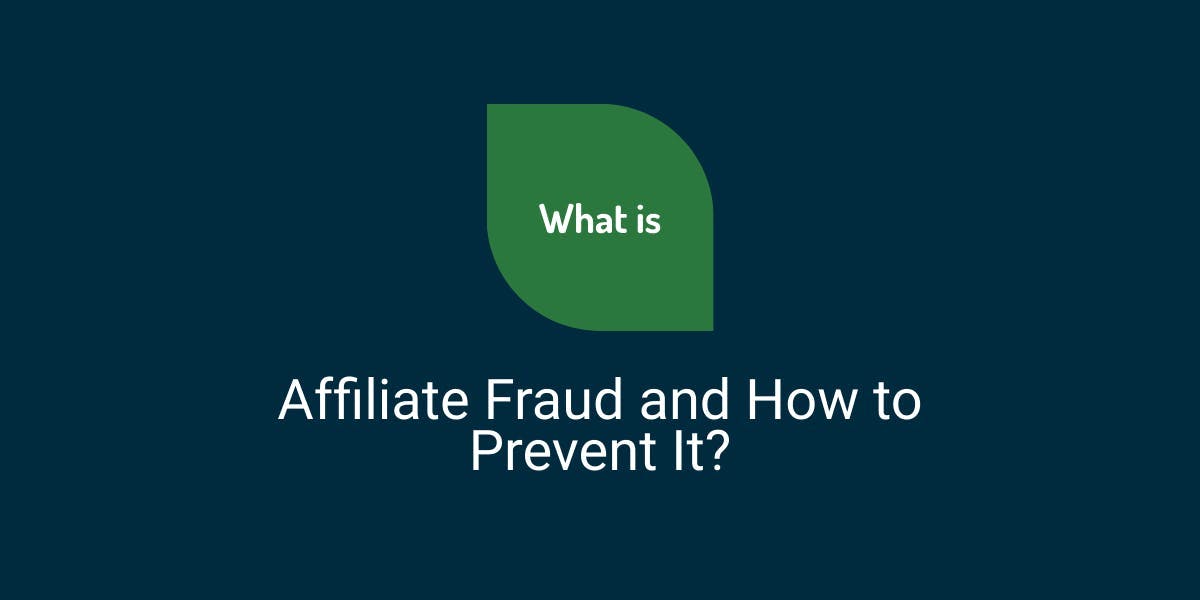How to Extract Data from A Website?
Flipnode on Jun 13 2023

In today's data-driven business landscape, making informed decisions is crucial for companies. To support these decisions, companies rely on tracking, monitoring, and analyzing vast amounts of data around the clock. Fortunately, there is a wealth of publicly available data stored on websites that can provide valuable insights to stay competitive in the market.
Extracting data from websites has become a common practice for many businesses. However, it's important to approach this process with the right knowledge and understanding. In this article, we will explore how website data extraction works, discuss the main challenges involved, and introduce you to various scraping solutions that can assist you on your data scraping journey.
Extracting data: how it works
For individuals who are not particularly tech-savvy, the concept of data extraction may initially seem complex and overwhelming. However, it is actually quite manageable to grasp the overall process.
The process of extracting data from websites is commonly known as web scraping or web harvesting. It involves automating the retrieval of data using a bot or web crawler. It's important to note that web scraping is sometimes mistakenly used interchangeably with web crawling, so we have a separate blog post explaining the main distinctions between the two.
In this article, we will delve into the entire process of web data extraction, providing a comprehensive understanding of how it works.
What makes data extraction possible
In today's world, the data we extract through web scraping is predominantly in HTML format. HTML, a text-based mark-up language, plays a crucial role in defining the structure of a website's content. It utilizes various components, such as tags like <p>, <table>, and <title>, to organize and present information. With the use of scripts, developers have the ability to extract data from diverse data structures encountered on websites.
Building data extraction scripts
Programmers proficient in languages like Python have the capability to create web data extraction scripts, commonly known as scraper bots. Python's popularity stems from its extensive libraries, user-friendly syntax, and vibrant community, making it the preferred language for web scraping. These scripts automate the data scraping process by sending requests to servers, navigating specific URLs, and parsing through designated HTML tags and components to extract the desired data.
Developing various data crawling patterns
Data extraction scripts can be customized to target specific HTML elements, allowing you to extract only the relevant data that aligns with your business goals and objectives. Instead of extracting everything from a webpage, focusing on specific data reduces server strain, minimizes storage space requirements, and simplifies data processing. By selectively extracting the necessary information, you can optimize the efficiency and effectiveness of your data extraction process.
Setting up the server environment
In order to run your web scrapers continuously, it is essential to have a server infrastructure in place. This involves either investing in your own server hardware or opting to rent servers from a reputable provider. Servers play a crucial role in enabling the execution of your pre-written scripts round the clock, facilitating seamless data retrieval, recording, and storage. By leveraging server capabilities, you can ensure uninterrupted operation of your web scraping process and effectively manage data handling tasks.
Ensuring there is enough storage space
Data extraction scripts generate a substantial amount of data as they operate on a large scale, involving numerous websites and thousands of web pages. Given the continuous nature of the process, the volume of data collected can become significant. Therefore, it is crucial to have sufficient storage capacity to accommodate the ongoing scraping operation. Adequate storage space is essential to ensure the smooth functioning of your scraping activities and the effective management of the accumulated data.
Data processing
Once data is obtained through the extraction process, it is often in a raw format that may be difficult for humans to comprehend. Therefore, the subsequent crucial step in any data gathering process is parsing and transforming the raw data into a well-structured format. This transformation ensures that the data becomes more organized, readable, and meaningful for further analysis and utilization.
How to extract data from the web
When it comes to extracting public data from web pages, there are two main approaches: building an in-house tool or utilizing ready-to-use web scraping solutions. Each option has its own advantages, and understanding them can help you determine the best fit for your business requirements. Let's explore both approaches to facilitate your decision-making process.
In-house solution
To develop an in-house website data extractor, you'll need a dedicated web scraping stack that includes the following components:
- Proxies: Websites often vary their content based on IP address location, so having proxies from different countries can be beneficial. A large proxy pool helps avoid IP blocks and CAPTCHAs.
- Headless browsers: Many websites now use frontend frameworks like Vue.js or React.js, which require a headless browser to render the DOM and execute JavaScript code. Headless browsers such as Selenium, Puppeteer, and Playwright can help access and scrape target HTML pages.
- Extraction rules: These rules define how to select HTML elements and extract the desired data. XPath and CSS selectors are commonly used for this purpose. Since websites frequently update their HTML code, developers spend significant time maintaining extraction rules.
- Job scheduling: This feature enables you to schedule data monitoring and handle errors effectively. It helps track HTML changes, website or proxy server downtime, and blocked requests.
- Storage: Once data is extracted, you'll need a storage solution like an SQL database. Popular formats for storing gathered data include JSON, CSV, and XML.
- Monitoring: Scaling up data extraction can introduce various challenges, so it's important to monitor proxies for proper functioning. Log analysis, dashboards, and alerts can assist in effectively monitoring the data extraction process.
The process of extracting data from a website typically involves the following stages:
- Define the type of data you want to fetch and process.
- Identify the location of the data on the website and create a scraping path.
- Import and install the necessary dependencies for web scraping.
- Write a data extraction script and implement it.
To ensure a smooth data harvesting process and avoid IP blocks, it's crucial to emulate the behavior of a regular internet user. Proxies play a vital role in facilitating this process, which we will discuss further later on.
Web Scraper API
One of the main benefits of ready-to-use web data extraction tools is their convenience and ease of use. These tools are designed to simplify the data extraction process and eliminate the need for extensive coding or technical expertise. They often provide a user-friendly interface or pre-built templates that allow users to configure the extraction parameters without writing complex scripts from scratch. Ready-to-use web data extraction tools can save time and effort, enabling users to quickly set up and deploy data extraction tasks without extensive development or implementation efforts.
By utilizing our web scraping tool, Web Scraper API, you can avoid the challenges of in-house solutions. Instead of facing trial and error, dealing with slow processes, blocked IP addresses, and unreliable data, our tool provides an automated and streamlined experience. Your employees can eliminate the tedious task of copy-pasting and allocate their time towards more critical activities like data analysis. With Web Scraper API, the data extraction process becomes effortless and efficient.
Which one to choose?
The decision between building an in-house solution or using a ready-to-use data extraction tool depends on the size of your business.
For enterprises aiming to collect data on a large scale, tools like Web Scraper API offer significant advantages. They save time, provide real-time quality results, and eliminate the need for code maintenance and integration expenses.
On the other hand, smaller businesses that scrape the web infrequently may find value in developing their own in-house data extraction tool. This allows them to tailor the solution to their specific needs and optimize costs accordingly.
Benefits of web data collection
Big data has become a prominent term in the business world, encompassing processes aimed at gaining insights, generating leads, identifying trends, and forecasting economic conditions. Web scraping plays a vital role in extracting relevant data for analysis in various industries.
For example, in the real estate sector, web scraping enables the analysis of influential factors. Similarly, in the automotive industry, businesses collect data such as user reviews and auto parts information to enhance their datasets.
Companies across different sectors extract data from websites to enrich their datasets, ensuring relevance and accuracy. By aggregating data from multiple sources, they enhance the validity and comprehensiveness of their datasets, providing valuable reference points.
Which data do businesses target for extraction?
As mentioned before, it's essential to focus on specific data that aligns with your business goals and objectives when extracting information online.
There are numerous potential data targets that may be of interest to you. You can extract various types of data such as product descriptions, prices, customer reviews and ratings, FAQ pages, how-to guides, and more. Additionally, you have the flexibility to customize your scripts to target new products and services. However, it's crucial to ensure that you are extracting public data and not infringing upon any third-party rights before engaging in any scraping activities.
Common data collection challenges
Data extraction is not without its challenges, and some of the common ones include:
- Resources and expertise: Extracting data requires significant resources and specialized skills. Companies venturing into web scraping need to establish the necessary infrastructure, develop scraper code, and manage the entire process. This often involves a team of developers, system administrators, and other specialists.
- Data quality maintenance: Maintaining consistent data quality can be a challenge, especially in large-scale operations with vast amounts of data and different data types. Ensuring accuracy, completeness, and reliability across the board requires careful attention and effective quality control measures.
- Anti-scraping technologies: E-commerce websites employ various anti-scraping measures to provide a seamless user experience and protect their data. Mimicking organic user behavior is crucial in web scraping. Sending an excessive number of requests within a short time or neglecting to handle HTTP cookies can trigger detection mechanisms, leading to IP blocking or other restrictions.
- Large-scale scraping operations: E-commerce websites frequently update their structures, necessitating constant script updates. Price and inventory information are subject to continuous changes, requiring scraping scripts to run consistently to keep up with the dynamic nature of the data.
Overcoming these challenges requires careful planning, technical expertise, and the use of appropriate tools and strategies to ensure successful and sustainable data extraction operations.
Best practices of data scraping
One way to address the challenges associated with web data collection is by using a sophisticated website data extraction script developed by experienced professionals. However, even with such a script, the risk of being detected and blocked by anti-scraping technologies remains. To overcome this hurdle, a game-changing solution comes in the form of proxies, specifically rotating proxies.
Rotating proxies provide access to a vast pool of IP addresses. By sending requests from different IP locations, servers can be tricked, reducing the chances of being blocked. To simplify the process, a proxy rotator can be employed. Instead of manually assigning different IPs, the proxy rotator automatically utilizes the IPs available in the proxy data center pool.
If you lack the necessary resources and an experienced development team to embark on web scraping independently, it may be time to explore ready-to-use solutions like a Web Scraper API. These solutions offer high data delivery success rates from a wide range of websites, streamline data management, and aggregate data for easier analysis and comprehension.
Is it legal to extract data from websites?
The demand for big data has seen significant growth, with the market projected to reach 103 billion U.S. dollars by 2027, according to research by Statista. As a result, more businesses are turning to web scraping as a common method of data collection. However, the legality of web scraping remains a topic of discussion.
Due to the complex nature of this issue, it is crucial to ensure that any web scraping activities conducted adhere to relevant data laws and regulations. We strongly recommend seeking professional legal advice pertaining to your specific situation before engaging in any scraping endeavors.
Furthermore, it is important to emphasize that scraping non-public data should be avoided unless explicit permission has been obtained from the target website. The information provided in this article should not be construed as advice encouraging the scraping of non-public data.
Conclusion
In conclusion, the process of extracting data from a website requires a well-developed data extraction script. However, building such scripts can be challenging due to factors like the scale of operation, complexity, and evolving website structures. Additionally, to ensure real-time data retrieval and avoid being blocked, utilizing rotating proxies is essential for larger scraping operations. These proxies enable continuous data extraction by providing a pool of IP addresses to avoid detection and blocking.



